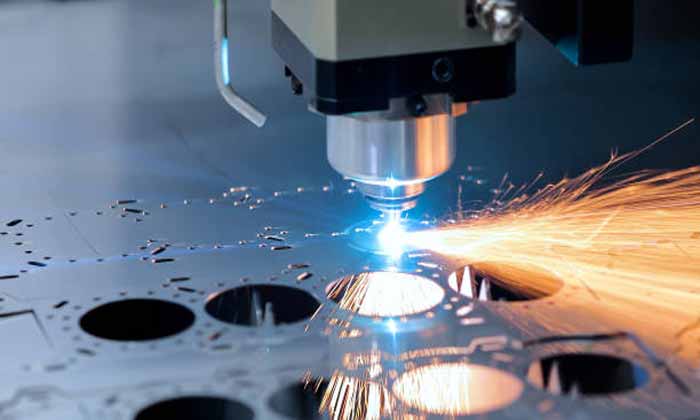There are many different factors to consider when purchasing a CNC machine, including size, feed speed, durability, and dimensional stability. This article will cover each of these factors in detail. By the end of this article, you’ll have the information necessary to choose the perfect machine for your needs. Read on to learn more! And remember, a good CNC machine isn’t expensive. The more features it has, the better.
Size

Choosing the right size CNC machine for your shop floor is a critical decision, and a lot depends on the type of material you intend to work with. While some companies will use metric measurements, many other companies will adhere to the ISO system. In either case, make sure to read all documentation thoroughly and ask your supplier to provide you with a copy of its CNC drawing. Listed below are some of the benefits of a CNC machine.
Feed speed
To understand how to choose the right feed speed for a CNC machine, you need to understand how chip load, RPM, and tool flute count relate to the material surface speed. This chart will help you determine the proper feed rate for your machine. It will also help you determine how much chip load you need for your job. Using the feed speed chart in the tooling catalog as a guide will not give you the desired results.
Dimensional stability
What is dimensional stability? Dimensional stability is the ability of a material to retain its original shape and remain within its forecasted dimensional tolerances, even under high stress. There are several factors to consider when achieving dimensional stability. In general, higher dimensional stability means a better product. Some factors that influence dimensional stability include material selection, cutting tool, and method usage. Dimensional stability is a crucial consideration in any manufacturing process.
Durability
While the high level of precision and versatility of CNC machines make them ideal for machining components for aerospace, medical, and industrial applications, their durability is often compromised by their materials. Stainless steel, for example, is naturally corrosion-resistant, while carbon steel is not. However, choosing the wrong metal can impact the part’s durability, so the engineer should take this into consideration when selecting a material. For lightweight parts, manufacturers can opt for plastics or low-density metals.
Conclusion:
One of the most important aspects to consider when choosing a CNC machine is its ease of assembly. Some machines come completely assembled. Others require only 20 to 30 minutes of assembly. When choosing a CNC machine, be sure that it is compatible with the software you will be using. For Windows XP/7/10, Linux, or Mac OS, look for one that is compatible with all of these platforms. Its ease of assembly and use is a great selling point of this type of machine.

